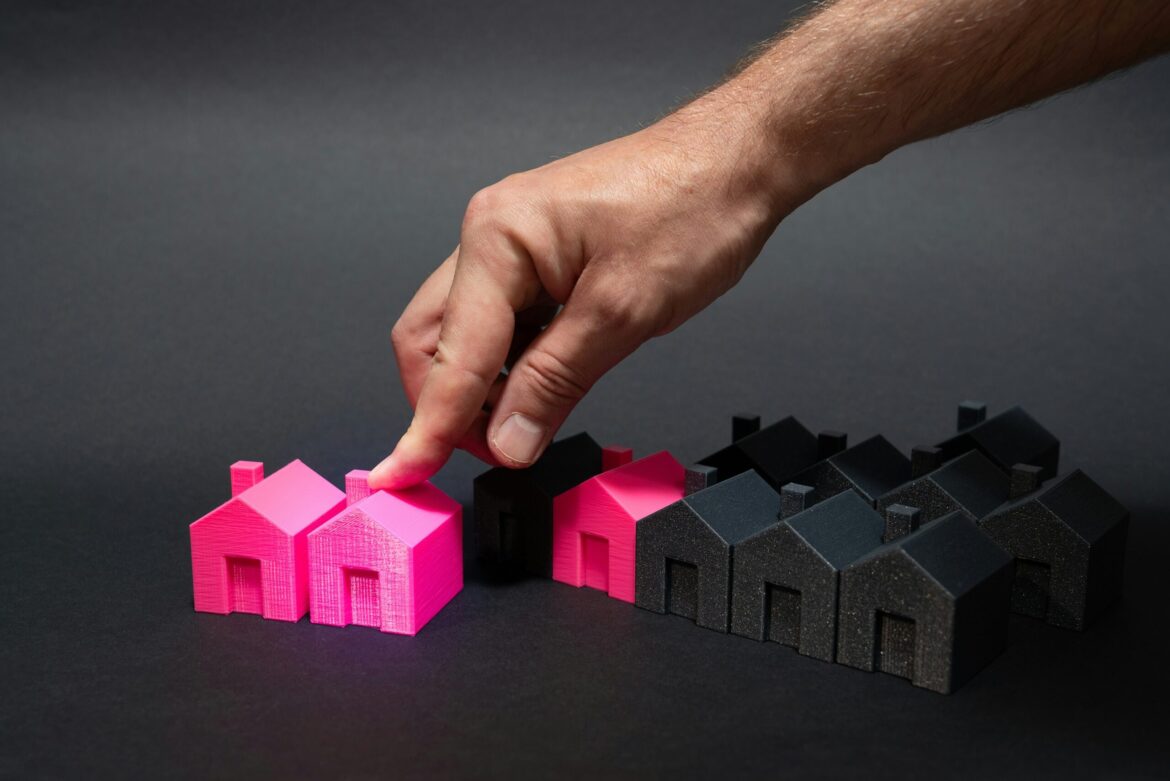The COVID-19 pandemic fundamentally altered many aspects of daily life, one of the most notable being the shift toward remote and hybrid work models. As millions of employees transitioned from office settings to working from home, a significant change occurred in the residential real estate market. Even as the world moves further from the pandemic, the lasting impact of remote work continues to reshape homebuyer preferences, with many now seeking homes that provide more space, privacy, and proximity to suburban or rural areas.
This trend is particularly noticeable in regions surrounding major metropolitan cities such as New York, Los Angeles, and Chicago. The demand for homes in suburban and even rural locations has skyrocketed as people prioritize larger living spaces that accommodate home offices, bigger yards, and more separation from crowded urban centers. What was once considered a niche market has grown into a dominant force, influencing both buyer behavior and housing supply in these areas.
The shift toward remote work has highlighted the desire for homes that can support new lifestyles. Homebuyers are increasingly looking for properties that offer dedicated spaces for home offices, workout rooms, and quiet areas for virtual meetings. Larger yards, where families can enjoy outdoor activities or set up workspaces, have become a higher priority. As more workers embrace the flexibility to work from home full-time or on a hybrid basis, these features are no longer considered luxuries—they’re essential.
Suburban and rural areas that were once considered secondary to city living have experienced a sharp increase in interest. As remote work allows workers to avoid lengthy commutes, they are no longer tied to the urban centers where jobs are traditionally located. Areas like the Hudson Valley in New York, the Inland Empire in California, and parts of the Midwest near Chicago have seen dramatic surges in home sales. In fact, multiple reports, including those from Realtor.com and the National Association of Realtors (NAR), show that sales in suburban and rural areas are outpacing those in city centers. These areas, which typically offered more affordable housing options, are now even more attractive as homebuyers look for a better balance between space, affordability, and convenience.
In addition to increased demand, home prices in these regions have also risen, as competition for properties heats up. The search for more spacious homes in desirable suburban and rural locations is pushing prices higher, although they remain relatively lower than the steep prices often found in major cities. Homebuilders and developers are responding to this shift by expanding their portfolios to include larger homes with features like home offices, larger kitchens, and multi-functional spaces that align with the new needs of homeowners.
One significant question is whether this trend will continue to impact city centers in the long term. While there is no doubt that suburban and rural areas are gaining ground, it remains to be seen whether urban living will permanently decline. Cities still offer advantages such as proximity to cultural institutions, entertainment, dining, and job opportunities. However, as remote work remains a viable option for many, the appeal of living in close quarters with limited space is decreasing. Some urban areas may see a reduction in population, but it is also possible that they will adapt to meet changing demands, perhaps by offering more flexible workspaces and reimagining residential designs to accommodate the needs of a hybrid workforce.
This shift in housing preferences also points to broader societal changes. The pandemic pushed many to reevaluate their lifestyles, with work-life balance emerging as a major priority. In this new landscape, homebuyers are seeking homes that align with their personal values, such as sustainability, proximity to nature, and the ability to work and live comfortably in the same space.
While it’s too early to predict whether the trend toward remote work will have a lasting impact on cities, one thing is certain: the suburban housing market is flourishing, and homebuyers’ preferences have permanently shifted toward larger, more versatile living spaces. As remote and hybrid work models continue to evolve, the demand for homes that can accommodate these needs is expected to remain strong.

